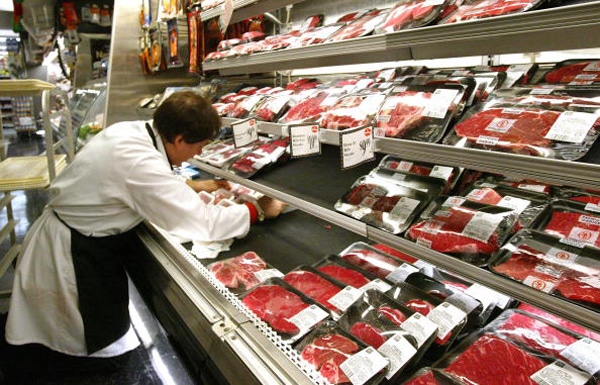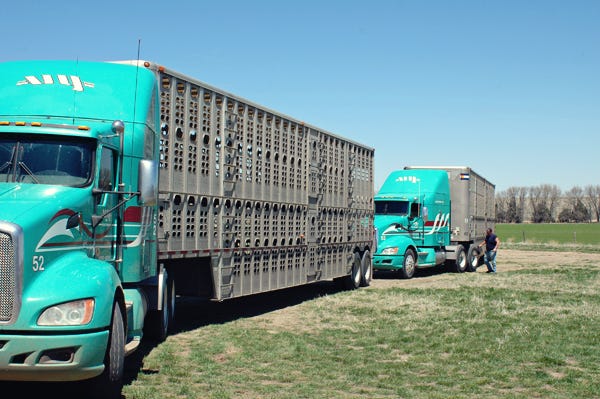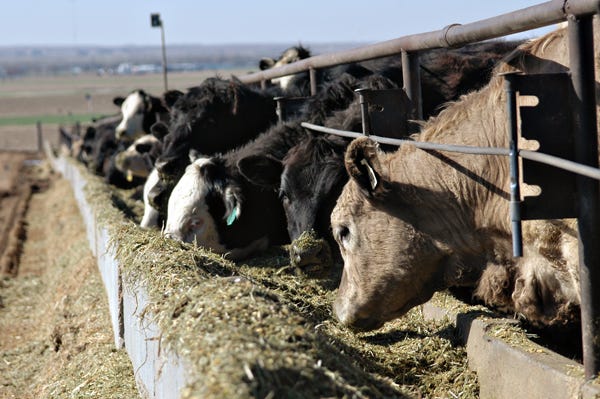To truly explain what and why you do what you do, think and talk like a consumer. Plus, here are some tips on how to correct a malpresented calf. That and more awaits you in this week’s Trending Headlines.

USRSB consumer panel shows that producers need to think and talk like consumers
During its recent meeting in Oklahoma City, the U.S. Roundtable for Sustainable Beef (USRSB) featured a consumer panel where participants opened up about their purchasing habits, preferences, attitudes and concerns related to beef.
Discussion hit a high note during debate about growth hormones in beef production. It became clear that most panelists were either outwardly hostile or at least suspicious of hormone use in cattle. Jennifer Houston, NCBA president-elect, says that reinforces the need for the industry to collectively reach out to that segment of concerned consumers and educate them on why producers use the methods they do, according to the Oklahoma Farm Report.
Most importantly, Houston explains that those involved in the industry from producer to packer need to do a better job at simply telling their story. Boiling her strategy down, she says we must find new ways to reach consumers, use those channels to share the industry's story and speak to consumers in terms they understand.
Click here to read and hear Houston’s comments on the panel discussion.
Michigan's success spark calls for a national tracking system

Prompted in 2007 by an outbreak of bovine tuberculosis, Michigan was the first state to implement a mandatory cattle traceability program to better track beef and dairy cattle from the farm to the consumer, reports the Capital News Service.
All Michigan cattle must be identified with radio frequency identification (RFID) ear tags before they are moved. The tags are scanned by readers when they leave a farm or go to a slaughter house. A state database tracks their location.
Cattle tracking should be done nationwide, said Daniel Buskirk, an associate professor of animal science at Michigan State University. "There are diseases in the live animal that I'd like to be able to track back, things like bovine tuberculosis or foot and mouth disease," Buskirk said. "If it's found, I want to know what the origin of it is, so that we don't spread it further and cause losses of livestock."
Managed well, feedyards can be the environmental and ethical smart choice

<p><span style=
Contrary to popular belief, feedlots are not necessarily the villains — environmental or otherwise — they’re made out to be. By many standards, grain-finishing systems come with less environmental impact than grass-finishing ones. Any health distinctions between the two, further, are likely too small to make a difference; grass-fed beef may contain nominally more nutrients and omega-3 fats than grain-fed, but not in nutritionally significant amounts, according to the Genetic Literacy Project.
The question of animal welfare is also a more complex issue than it might seem at first glance. If we truly want to produce beef responsibly — to ensure better outcomes for the environment and the cows — we’ll need to reconsider the facts and the future of feedlots.
Correcting a malpresentation: Tips for pushing a calf back into the uterus.
In some dystocia situations, the calf is not entering the birth canal properly and cannot be born until you push it back into the uterus to reposition it, reports the Angus Beef Bulletin.
The simplest way to push a calf back into the uterus where there’s more room to reposition it is to continually lean your weight against the calf, rather than pushing and wearing yourself out. Put your hand on the calf’s head, breastbone, rump or whatever is being presented in the birth canal and lean steadily. Each time the cow quits straining for a moment, you’ll gain a few inches.
Combine data, visual aspects of cattle when making purchases

“If I look at what the cow looks like visually first and not look at the data, things like expected progeny differences, or EPDs, birth weight, other evaluations, I may not be making the best choice,” says Jason Cleere, beef cattle specialist from College Station, Texas. “When it comes to selecting female cattle, I look at the feet and the legs first. You’ve got to start at the ground first.”
This is also the case when choosing breeding bulls, according to the Southwest Farm Press. “When a bull mounts a cow and comes down, he hits that ground really hard, a bull that’s too straight over time will wear those joints out,” he said. “That’s why it’s important to take into consideration all aspects of a bull from both the data and visual composition.”
About the Author(s)
You May Also Like



